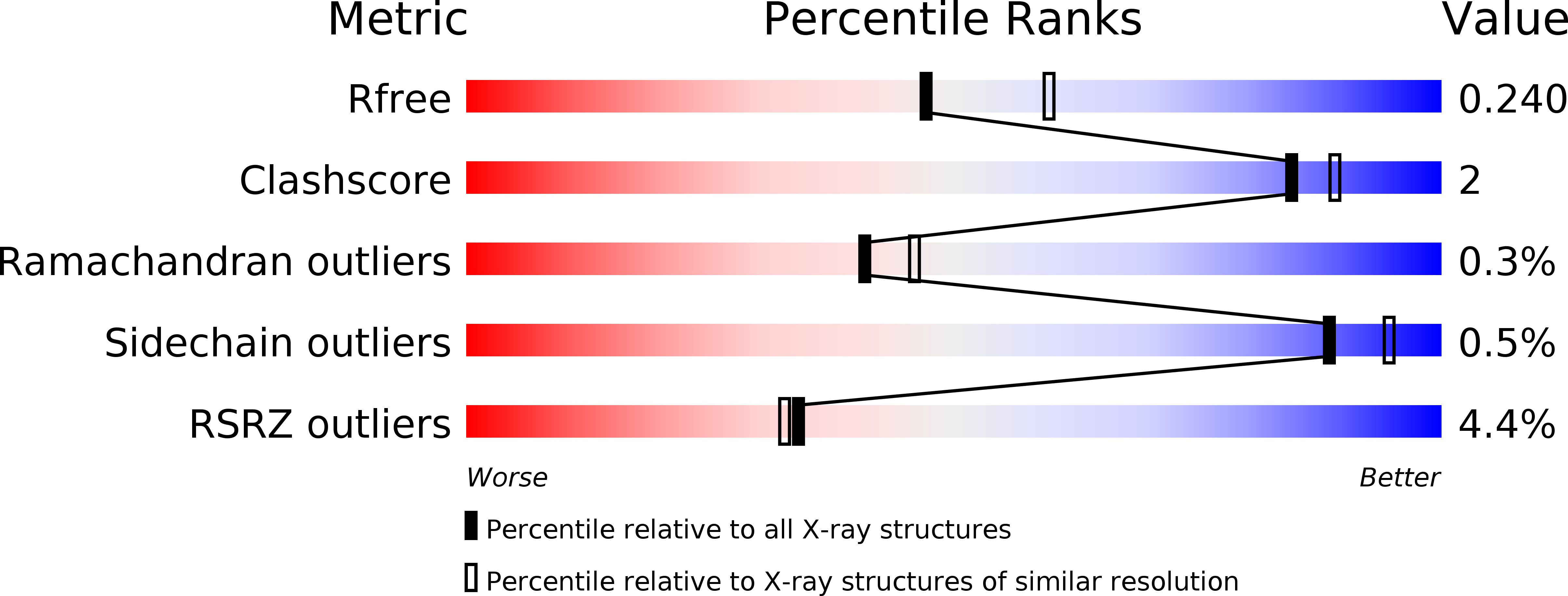
Deposition Date
2015-06-12
Release Date
2015-12-23
Last Version Date
2024-03-20
Method Details:
Experimental Method:
Resolution:
2.20 Å
R-Value Free:
0.23
R-Value Work:
0.19
R-Value Observed:
0.19
Space Group:
P 21 21 21


